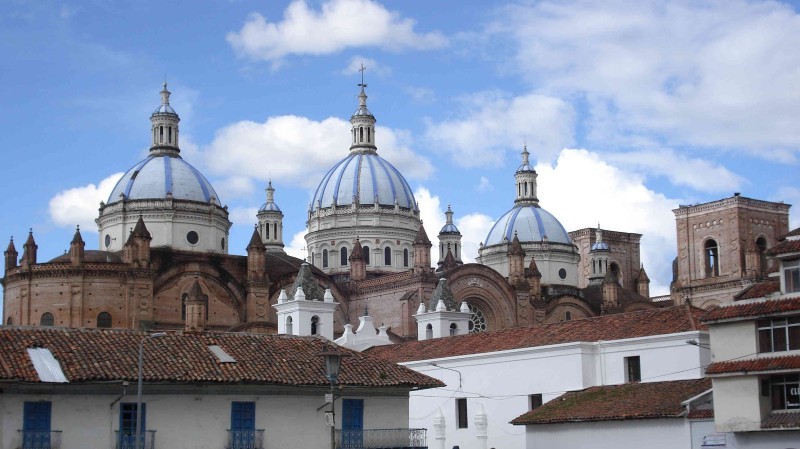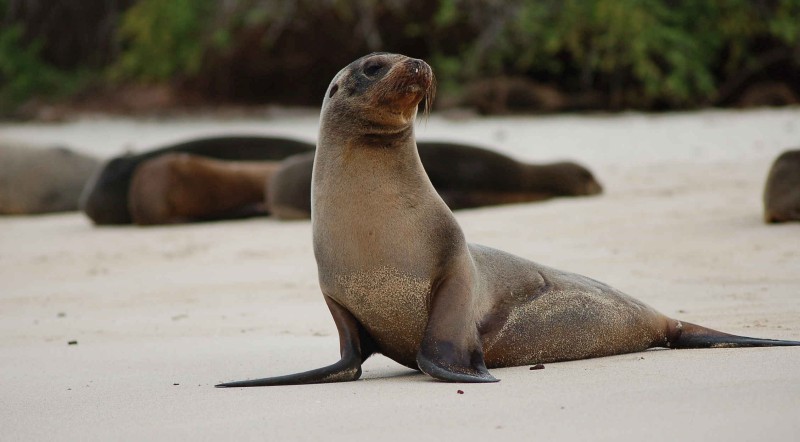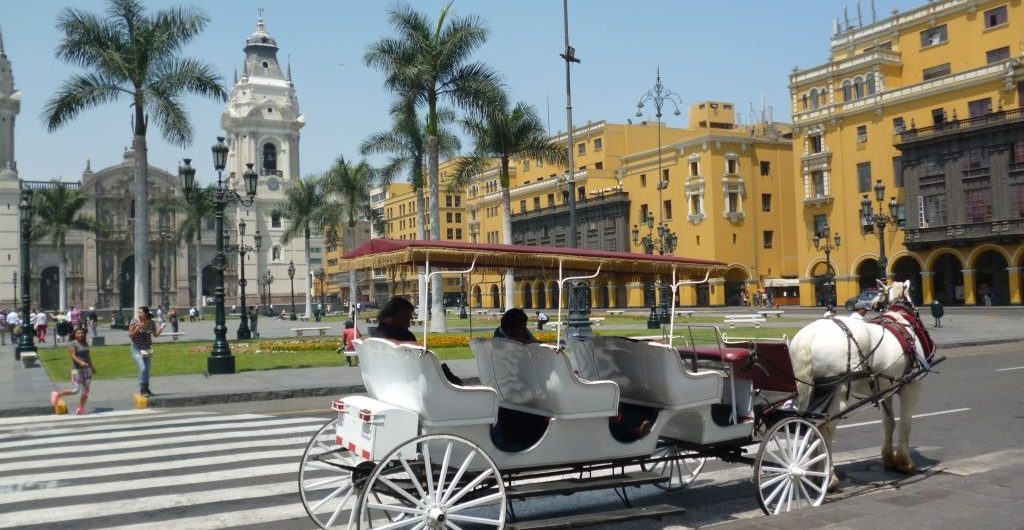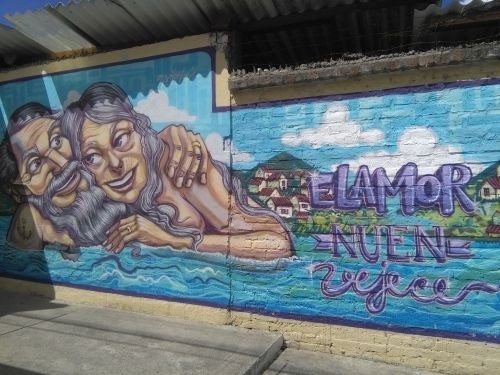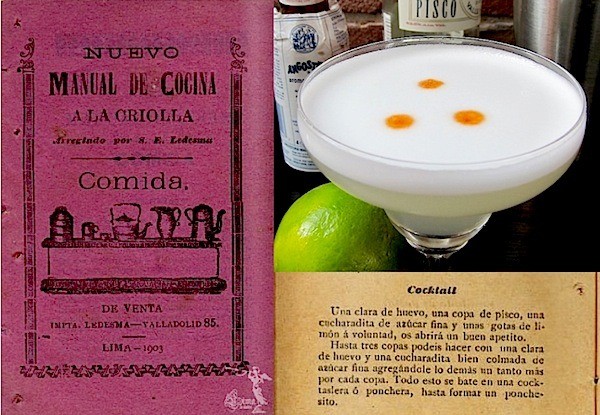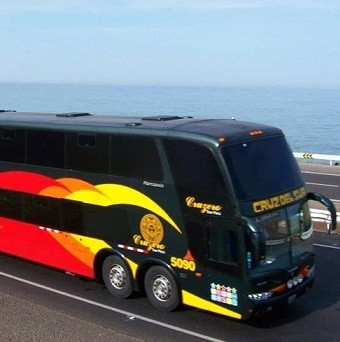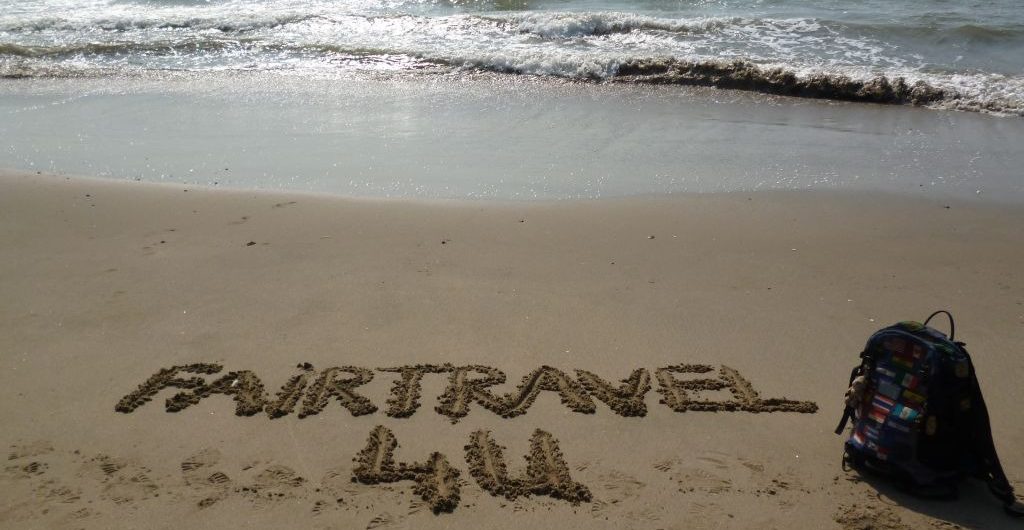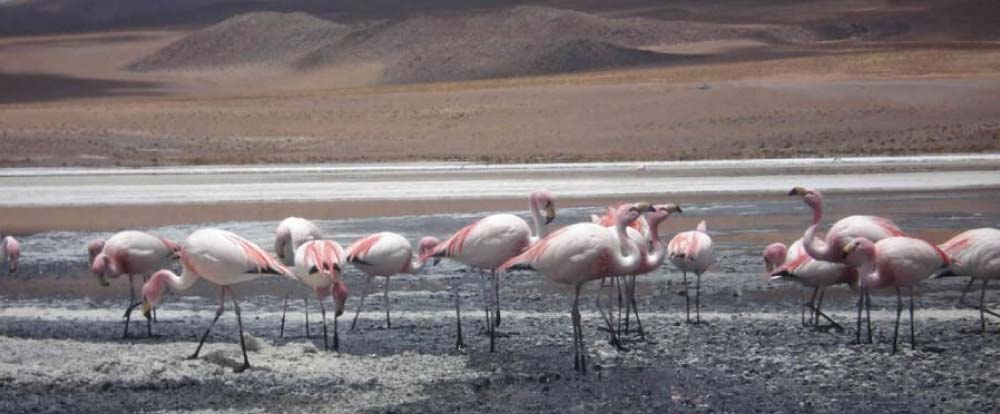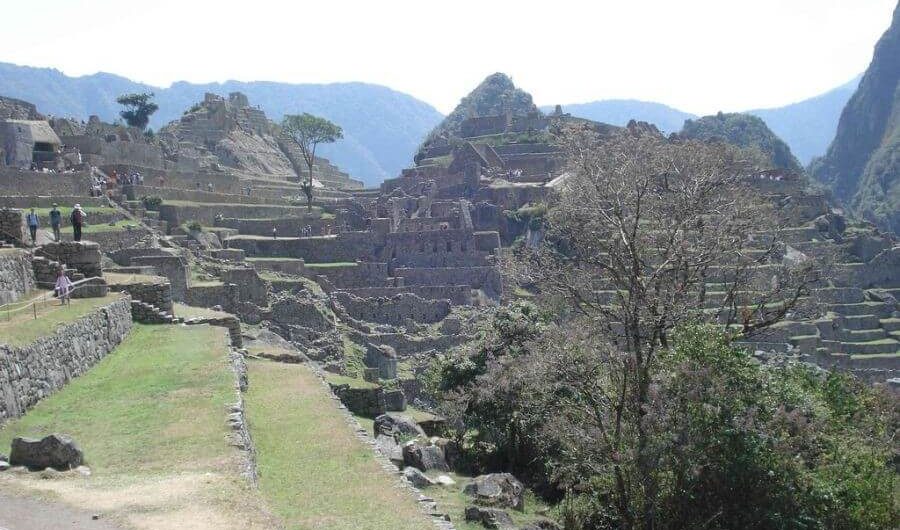Touristic Information about Cuenca, Ecuador Traveling in Ecuador isn’t complete without a tour through Cuenca. On this page you can find more information and tips about tours, activities, sightseeing, restaurants and nightlife in this impressive cultural city! Cuenca, The Blue Pearl, or Athena of Ecuador! The city Cuenca has about 350.000 inhabitants, which makes it the 3rd city of Ecuador. However walking through the city center, it doesn’t feel at all like you’re walking through a big city. The picturesque city is located at an altitude of 2530 m above sea level and is crossed by 4 small rivers, the Tomebamba, Tarqui, Yanuncay and Macháncara Rivers. Its official name is “Santa Ana de los Cuatro Ríos de Cuenca” (The 4
The Fairtravel4u Guide to the Galapagos Islands Information Lying 970 km (600 miles) west of the Ecuadorian coast on the equator, the Galapagos Islands consist of 6 main islands, 12 smaller islands and over 40 small islets. The Galapagos Islands are an archipelago of volcanic islands that originated about 10 million years ago. Since their formation 10 million years ago, to their discovery in 1535 by Thomas de Berlanga, the Spanish Bishop of Panama, the Galapagos Islands were completely isolated from the mainland. Throughout the millennia, a large number of birds, reptiles, insects, and plants drifted or flew to its shores, creating the unique flora and fauna found in the Galapagos today. The Islands have never been connected to a
Lima Airport Bus Finally Lima, the capital of Peru joins most other capitals in the world with having a direct bus service from the airport to the Miraflores district. Miraflores is the main hotel/ hostel area of the Metropolis Lima and depending on the traffic, a ride from the airport to Miraflores can take between 30 min. to over an hour… In Miraflores the bus has 7 fixed stops, which are each only a minutes walking away from popular hotels and hostels. Walking in Miraflores is also very safe, even at night time. The Airport Express Lima bus service operates 365 days a year and is provided by a privet company called Airport Express Lima. The bus schedule is roughly
Foreign impact The impact of foreigners in the small community of Vilcabamba The past 7 weeks we have done a small survey among over 330 Ecuadorians who life in the small town (around 5000 inhabitants) of Vilcabamba, located in a fertile valley in the south of Ecuador. The first name of this town was Huilcopamba, which roughly translates from the local indigenous language Quichua into: Valley of the healing trees. The last 10 years this small town grew rapidly with around 20% more inhabitants. In difference with the past, many of these newcomers are foreigners who followed the recommendations of a Real-estate Magazine and other foreigners, who called this town one of the best places in the world to live
The Origin of Pisco and Pisco Sour For many years there have been discussions between Peruvians and Chileans about the origin of the alcoholic drink Pisco. With this article I would like to proof to you that Pisco and Pisco Sour were invented in Peru, but that the origin of Pisco is actually Europe. The history of Pisco can be traced back to the days when the Spanish Conquistadores arrived to Peru. Looking for gold they confronted misery, fought bloody battles and feared arrows and bludgeons. Through this process, the colonists brought with them products from Europe to improve their quality of life so far from home. Among these were cattle, olive oil, limes, grapes and wine. Once Lima was
How to Travel Safely in Ecuador, Peru and Bolivia Practical information collected after years of travels Below you will find 10 important travel recommendations, general recommendations and practical tips to improve your safety while traveling through Peru. This information has been collected through my own experience of more than 14 years of traveling in Peru and South America. Prepare yourself properly before traveling to Ecuador, Peru or Bolivia Be alert Pay attention to your surroundings Avoid (political) protests Adjust to your surrounding / blend in Don’t show that you have money Don’t save money on bus journeys Pick your own taxi Don’t fully trust anyone, not even not the police Be careful if you choose to participate in so called
Can tourism and traveling be sustainable? How traveling and tourism has evolved . Modern (mass) tourism . Bad information attracts inexperienced travellers . Incomplete and wrongly informed tourists . Consequences of too many tourists – Are Eco tourism and Volunteer tourism sustainable? . Eco Lodges . Volunteer work – Tips to make tourism more sustainable: . Travel responsible . Mentality and expectations while traveling . Respect the local culture . Respect the local laws and rules . Be careful using bookings websites for places to stay . South American or foreign companies – How tourism can maintain/ improve its destination . The future of traveling Sustainable tourism is currently a very hot topic and companies who want to improve their
About Bolivia The most indigenous country in South America Bolivia: now officially known as the Plurinational State of Bolivia, is a landlocked country in central South America. Capital: Sucre (official), La Paz (administrative) Largest city: Santa Cruz Area: 1.1 million sq km (424,164 sq miles), 98.7% land and 1.3% water President (2023): Luis Alberto Arce Catacora Population: Around 12 million (2023) World Bank Government: Presidential system, unitary state, Republic 34 Official languages including: Spanish Language, Quechua, Aymara language, Leco language, Puquina Language, Mòoré Language, Chiquitano language, Baure Language, Sirionó language, Kallawaya, Movima language, Canichana language, Itonama Language, Cayubaba language, Uru language, Araona Language, Ayoreo language, Tacana language, Pacahuara language, Chácobo language, Reyesano language, Tapieté Language, Cavineña Language, Wichí Lhamtés Nocten
All about Peru Peru, is known for it’s: Incas, Amazon, Nasca, Moche, Chavin, Huaraz and Chachapoyas are only the top of all the highlights this unique South American country has to offer. Official national name: República del Perú Capital city: Lima, 11 million + President: Dina Ercilia Boluarte Zegarra (2023) Land area: 494,208 sq mi (1,279,999 sq km); total area: 496,223 sq mi (1,285,220 sq km) (37.7 times the size of the Netherlands) Population (2023 est.): 33700,000 (growth rate: 1.02%); birth rate: 19.13/1000; infant Mortality rate: 21.5/1000; life expectancy: 72.73 years Monetary unit: Sol (1991/ 2017) Languages: Spanish, Quéchua (both official); Aymara; many minor Amazonian languages Ethnicity/race: Amerindian 45%, Mestizo 37%, White 15%, Black, Japanese, Chinese, and other 3% Religion:
About Ecuador Ecuador – Highlights include: Galapagos, the Equator, local traditions, the Amazon and the Andean Mountain range with 7 mountains and volcano’s higher than 5000 m. Official Name: Republica de Ecuador Area: 256.370 KM2 (about 7x the size of the Netherlands) Amount of inhabitants: 17.8 million (2023) Capital: Quito Form of Government: Democratic President: Daniel Noboa (2023) Language: The official main language is Spanish, but regional the indigenous Kichwa and Shuar are also accepted as official languages in Ecuador. Currency: US Dollars Religion: Freedom of religion, but Catholic is the dominant religion A website for tourism by the Ecuadorian government. Five Fun things to do in Ecuador, by Jules T. Geography Straddling the equator in western South America, Ecuador
